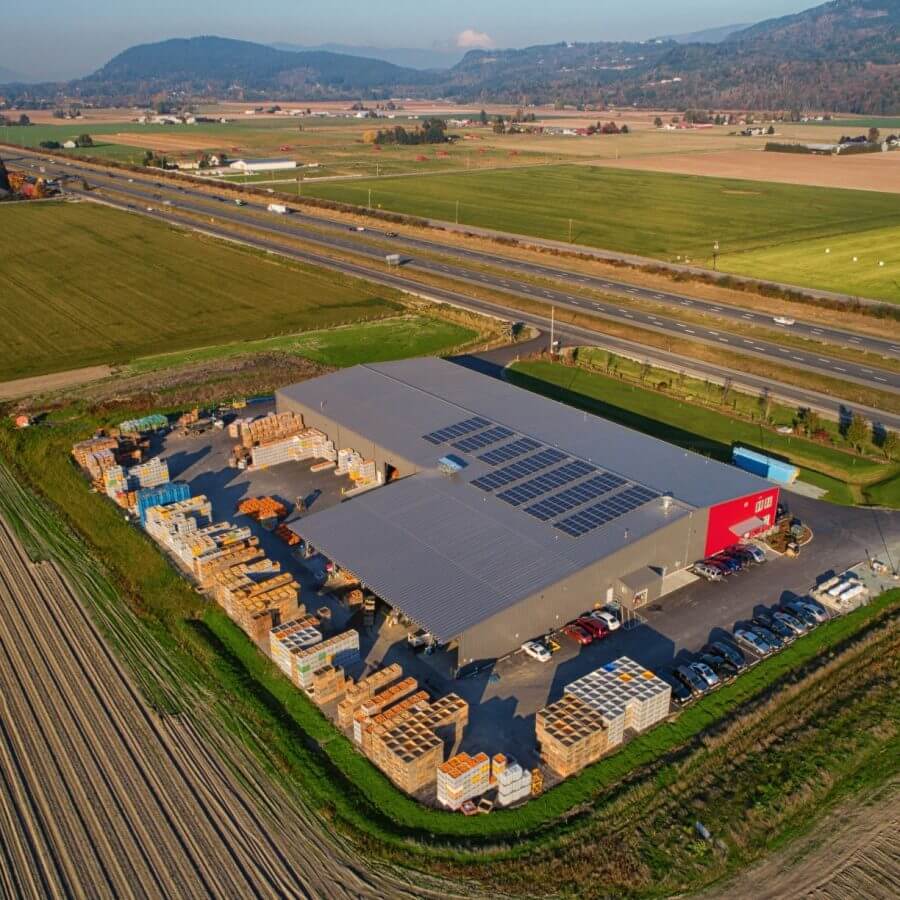
When it comes to saving costs in the building industry, the operational costs over the course of the building’s lifetime could mean the difference between a profit or loss. You should always take both the initial capital and long-term running costs into account when considering the feasibility of a structure.
Introducing measures that contribute to the building’s energy efficiency is a common way to minimize the running costs and to cut down on the payback period. Builders can develop energy-efficient buildings by using suitable construction techniques. This lays the foundation for a more feasible option in the long-term.
Best Construction Techniques For Energy-Efficient Buildings
There are multiple avenues to reduce the energy consumption of the building. Here are five of the most common and effective ways for builders to construct an energy efficient building.
1. HVAC Systems
Thermal regulating systems are common in buildings whether they’re residential or commercial. If not appropriately regulated, they can also be one of the biggest energy consumers.
Installing energy-efficient HVAC systems can adjust the air intake through measures such as an adjustable exhaust hood setting. By using timers, you can also minimize the operation of these systems during periods of low activity in the building.
Although the latest technology in HVAC systems may be more costly, the energy savings in the long run make it a worthwhile choice.
2. Solar Power
Solar panels are an effective renewable energy source used to cut down on electricity usage. In buildings, they are often installed to heat water by powering geysers or heated swimming pools.
During construction, it’s important to position the panels on a section of the building that receives a lot of sun exposure. And where there is sufficient space for the required number of panels.
As such, it’s usually best to install them on the roofs of buildings where they can receive uninterrupted exposure to the sun during the day.
3. Insulation
Energy-efficient buildings have the ability to heat and cool themselves independently. Insulation plays an important role here. It helps to regulate the temperature in a building by reducing the amount of air that escapes a structure.
This construction technique reduces the load on HVAC systems in the building. By doing so, it reduces the resulting electricity usage.
There are several methods to ensure proper insulation in a building. One way is Insulated Concrete Form (ICF) construction, which uses blocks of expanded polystyrene foam that perfectly fit into sections of the structure. The blocks form a seal that prevents air drafts. Thus, they contribute to the effective insulation of the building, as well as the protection of the building against fire and weather damage.
4. Building Design (openings, overhangs, and orientation)
The orientation of a building significantly affects its energy efficiency. The placement of other building elements in relation to the sun can also have an effect.
Builders should aim to regulate the temperature as much as possible to minimize the excessive use of heating or cooling systems.
In warmer climates, builders typically aim to reduce direct sun exposure whereas, in cooler climates, the building is positioned to receive more sunlight. This is crucial to consider during construction as the positioning will have long-term effects on energy usage.
The position of openings such as doors and windows are also important. Overhangs are a great construction technique that can alter sun exposure to a building. Through strategic placement, they can cast shade and help regulate the temperature throughout the year.
5. LED Lighting & Daylighting
Over the years, LED lighting has replaced commonly used incandescent bulbs or halogen lamps. The main motivation for the shift towards LED lighting is its ability to produce roughly the same amount of lighting while consuming one-fifth of the energy in comparison to its predecessors. Thus, their reduced energy consumption cuts down on monthly electricity bills.
Additionally, the LED bulbs last much longer than other lights. This means that they need to be replaced less frequently and require less maintenance. LED lighting may initially be a more pricey investment. But, lower energy and maintenance costs make the initial capital worthwhile in the long term.
The concept of daylighting is often implemented in conjunction with LED efficiencies to minimize the electricity usage of the building. This construction approach aims to optimize the use of natural light as much as possible. This will reduce the need for artificial light during the day.
To achieve this, builders prioritize windows and glass elements throughout the building to let more natural light in. The glass can be single, double, or triple-pane depending on the specific needs of the structure.
Final Thoughts
The design and construction of energy efficient buildings reduce operational costs and help pave the way for a more sustainable future. We’ve touched on some of the various building methods that can contribute to more energy-efficient buildings. Contact us at Chad Fisher Construction to find out how we can assist your project to build an energy-efficient structure
